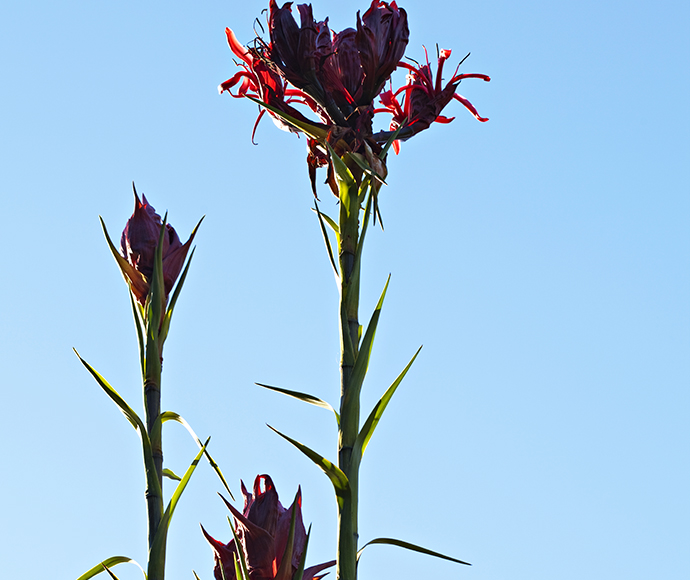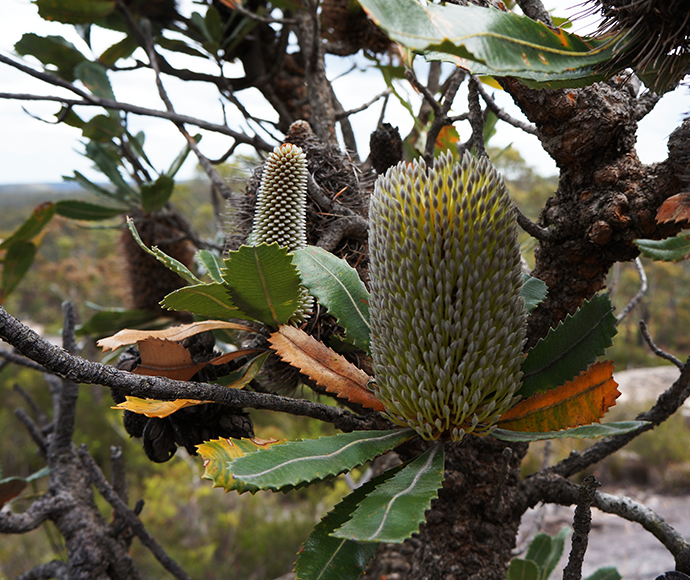10 insights from the NSW Bushfire Risk Management Research Hub
The NSW Bushfire Risk Management Research Hub has wrapped up 5 years of investigations. We take stock of its achievements.
The Hub brought together researchers, fire agencies, public land managers and Indigenous knowledge holders in a collaborative research effort to improve understanding of bushfire behaviour and risk. Its work will help shape fire risk management across New South Wales into the future.
Here are the top 10 insights from the Hub:
1. What, when and how fuel burns
Hub researchers measured fuels at 44 sites, to compare types of fuel consumed in bushfires, hazard reduction burns and cultural burns. The work has increased insight into the variability of what burns, how and under what conditions.
2. FireTools future proofed
FireTools Cloud is an online mapping tool to help managers understand how vulnerable a forest is to fire. The Hub has worked to make it more accessible and easier to use, while also future proofing it from system and technological changes into the future.
3. Plant resilience
When it comes to resprouting after bushfire, there is considerable variation in how well different trees survive and recover. The research identified significant factors including bark traits, the size of the trees, their stem diameter, and their access to soil moisture, as well as the severity of pre-fire drought and heat stress.
4. Engaging with cultural burning
Research partnerships with Aboriginal communities focussed on the key role of Aboriginal women in cultural land management, how cultural burning is an important pathway to cultural connection that brings numerous wider benefits, and the incredible power of engaging young people in cultural burning.
5. What led to the 2019–20 Black Summer?
After the Black Summer of 2019–20, the Hub sought to better understand the circumstances that led to the devastating event, identifying drought and fire weather as the main contributing factors.
6. Understanding species responses to fire
Researchers have shown that the season, frequency and intensity of a bushfire or hazard reduction burn are important for the survival and resilience of some species of plants, as well as their reproductive capacity.
7. Mapping flammable barks
The Hub has produced maps showing where the most or least flammable tree barks occur across New South Wales. This is an important tool for fire managers to understand the flammability and fire danger of certain areas.
8. Predicting pollution
The Hub investigated the intensity and spread of harmful pollution from active and historic bushfires and hazard reduction burns. We can now better target pollution warnings, based on when, how far, and in what direction smoke is likely to disperse.
9. Balancing the risks and benefits of hazard reduction burns
Researchers built a risk modelling framework to examine how different rates and locations of hazard reduction burns affect things we value, such as property or critical environments. It shows that hazard reduction burn effectiveness varies greatly.
10. Award winning research
Applied science is about developing real world solutions. The Hub was such a great example in researching the Black Summer fires, addressing major knowledge gaps relating to droughts, fuel dynamics and the social and environmental impacts of fires, and supporting the Bushfire Inquiry, that it was awarded the 2021 Eureka Prize for Applied Environmental Research.

The NSW Bushfire Risk Management Research Hub was established and supported by the Department of Planning and Environment, with funding from the Climate Change Fund.
